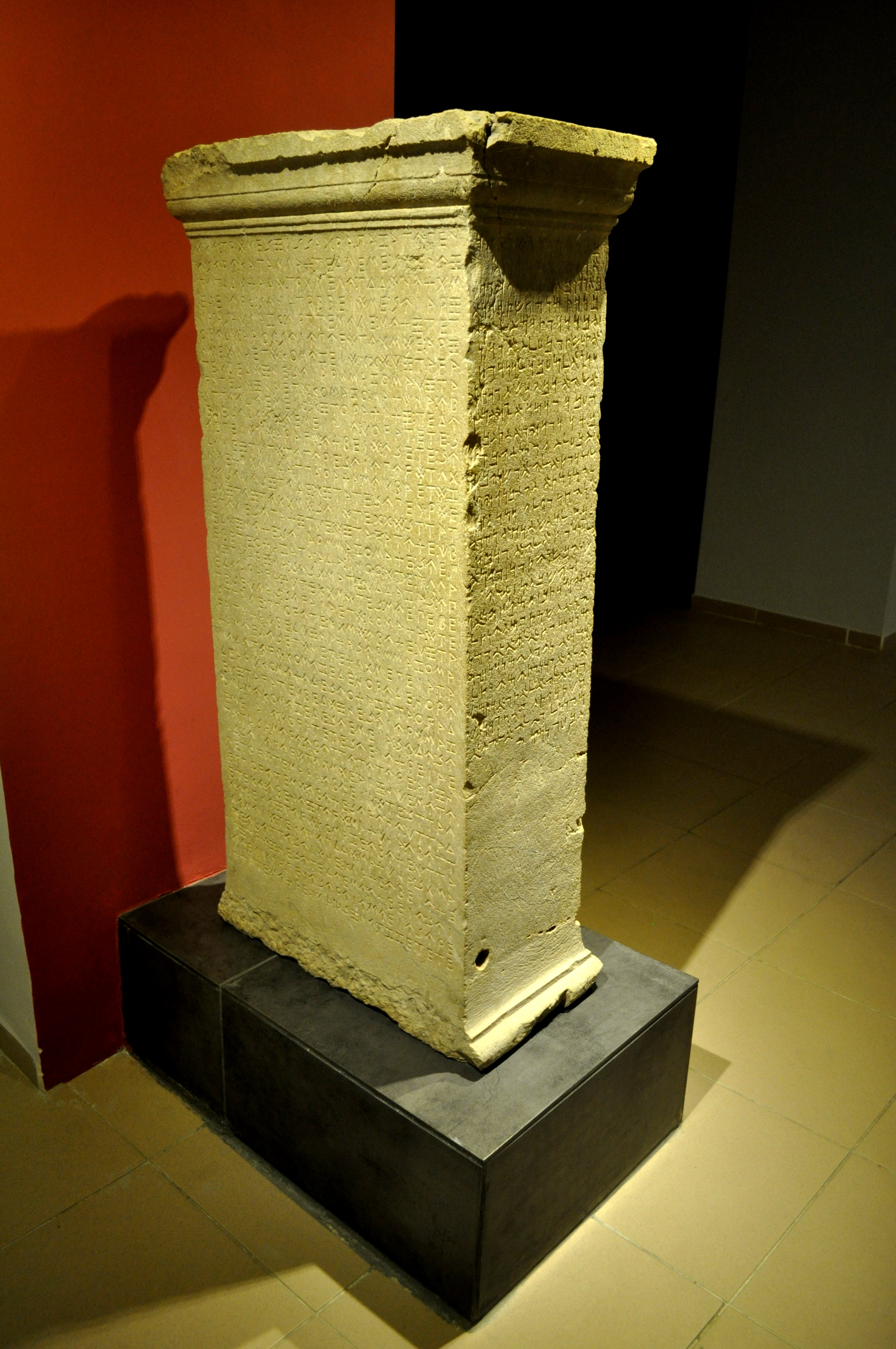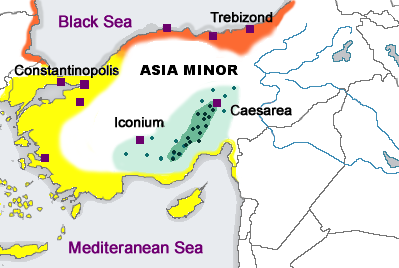|
A'zaz
Azaz () is a city in northwest Syria, roughly north-northwest of Aleppo. According to the Syria Central Bureau of Statistics (CBS), Azaz had a population of 31,623 at the 2004 census.General Census of Population and Housing 2004 . Syria Central Bureau of Statistics (CBS). Aleppo Governorate. , its inhabitants were almost entirely Sunni Muslims, mostly but also some [...More Info...] [...Related Items...] OR: [Wikipedia] [Google] [Baidu] |
Aleppo Governorate
Aleppo Governorate ( / ALA-LC: ''Muḥāfaẓat Ḥalab'' ) is one of the fourteen Governorates of Syria, governorates of Syria. It is the most populous governorate in Syria with a population of more than 4,867,000 (2011 Est.), almost 23% of the total population of Syria. The governorate is the fifth in area with an area of , or 18,498 km2, about 10% of the total area of Syria. The capital is the city of Aleppo. History Ancient In Classical antiquity, the region was made up of three regions: Chalybonitis (with its centre at Chalybon or Aleppo), Chalcidice (with its center at Qinnasrin العيس), and Cyrrhestica (with its center at Cyrrhus النبي حوري). This was the most fertile and populated region in Syria. Under the Romans, the region was made in 193 CE part of the province of Coele-Syria or Magna Syria, which was ruled from Antioch. The province of Euphratensis was established in the 4th century CE in the east, its centre was Hierapolis Bambyce (Manbij). Under the ... [...More Info...] [...Related Items...] OR: [Wikipedia] [Google] [Baidu] |
A'zaz District
Azaz District () is a district of Aleppo Governorate in northern Syria. The administrative centre is the city of Azaz. At the 2004 census, the district had a population of 251,769. The district lies between Afrin District to the west, Mount Simeon District to the south and al-Bab District to the east. To the north is the Kilis Province Kilis Province () is a province in southern Turkey, on the border with Syria. Its area is 1,412 km2, and its population is 147,919 (2022). The province was created in 1995 from the southern part of Gaziantep Province. The city of Kilis is ho ... of Turkey. Subdistricts References Districts of Aleppo Governorate {{AleppoSY-geo-stub ... [...More Info...] [...Related Items...] OR: [Wikipedia] [Google] [Baidu] |
Azaz Nahiyah
Azaz () is a city in northwest Syria, roughly north-northwest of Aleppo. According to the Syria Central Bureau of Statistics (CBS), Azaz had a population of 31,623 at the 2004 census.General Census of Population and Housing 2004 . Syria Central Bureau of Statistics (CBS). Aleppo Governorate. , its inhabitants were almost entirely s, mostly but also some [...More Info...] [...Related Items...] OR: [Wikipedia] [Google] [Baidu] |
Turkish Occupation Of Northern Syria
The Turkish Armed Forces and its ally the Syrian National Army have Turkish involvement in the Syrian Civil War, occupied areas of northern Syria since August 2016, during the Syrian civil war. Though these areas nominally acknowledge a government affiliated with the Syrian opposition, in practice they constituted a separate proto-state under the dual authority of decentralized native Local government, local councils and Turkish military administration. Turkish-controlled areas of Syria includes towns such as al-Bab, Azaz, Manbij, Jarabulus, Rajo, Syria, Rajo, Tal Abyad and Ras al-Ayn. The majority of these settlements had been captured from the Islamic State (IS) and the Syrian Democratic Forces (SDF) groups, both of which have been designated as terrorist organisations by the Turkish government, though the SDF is not seen this way by most of the international community, notably including the United States and European Union. Some towns, including Azaz, were also under the cont ... [...More Info...] [...Related Items...] OR: [Wikipedia] [Google] [Baidu] |
List Of Cities In Syria
The country of Syria is Administrative division, administratively subdivided into Governorates of Syria, 14 governorates, which are sub-divided into Districts of Syria, 65 districts, which are further divided into 284 sub-districts. Each of the governorates and districts has its own centre or capital city, except for Rif Dimashq Governorate and Markaz Rif Dimashq district. All the sub-districts have their own centres as well. Each district bears the same name as its administrative centre, with the exception of Mount Simeon District where the centre is the city of Aleppo. The same applies to all ''nahiyas'' (sub-districts), except for the Mount Simeon Nahiyah where the centre is the city of Aleppo. Governorate and district capital cities Sixty-four of the 65 districts of Syria have a city that serves as the regional capital (administrative centre); Markaz Rif Dimashq is a district with no official regional centre. The city of Damascus functions as a governorate, a district and a ... [...More Info...] [...Related Items...] OR: [Wikipedia] [Google] [Baidu] |
Kilis
Kilis is a city in southernmost Turkey, near the Syria–Turkey border, border with Syria, and the administrative centre of Kilis Province and Kilis District. Its population is 112,187 (2022). On 6 February 2023 Kilis was badly affected by the twin 2023 Turkey–Syria earthquake, Turkey-Syria earthquakes. History Although there aren't any definite information related to its foundation, today's Kilis mainly developed and became urbanized during the Ottoman Empire, Ottoman period. However, traces of important cities found in the near surroundings of Kilis and the historical documents prove that important centres were always present here in every period. In the tablets belonging to the Assyrian period, the name 'Ki-li-zi' is written in cuneiform and a city named as "Ciliza Sive Urnagiganti" during the Roman Empire period is mentioned. In addition to centers such as Kirus antique city, Oylum Höyük, Ravendel, Ravanda Castle, Ilezi and Tarzime Han, many other residential areas sta ... [...More Info...] [...Related Items...] OR: [Wikipedia] [Google] [Baidu] |
Syrian Interim Government
The Syrian Interim Government (Arabic: الحكومة السورية المؤقتة; ''Ḥukūmat as-Sūriyya al-Muwaqqata'') was a government-in-exile and later a quasi-state in Syria formed on 18 March 2013 by the National Coalition of Syrian Revolutionary and Opposition Forces (Syrian National Coalition, SNC), an umbrella Syrian opposition to Bashar al-Assad, opposition group, during the Syrian civil war. The Syrian Interim Government constituted a separate administration in the Turkish occupation of northern Syria, Turkish-controlled territories in northern Syria and had partial authority there. The interim government's headquarters in Syria were located in the city of Azaz in Aleppo Governorate. While responsible to the Syrian National Coalition, the SIG was closely aligned with Turkey. The SIG's armed forces were the Syrian National Army (SNA). After the fall of the Assad regime in December 2024, the SIG coexisted for a short period of time with the Syrian caretaker gover ... [...More Info...] [...Related Items...] OR: [Wikipedia] [Google] [Baidu] |
Hurrian
The Hurrians (; ; also called Hari, Khurrites, Hourri, Churri, Hurri) were a people who inhabited the Ancient Near East during the Bronze Age. They spoke the Hurro-Urartian language, Hurrian language, and lived throughout northern Syria (region), Syria, Northern Mesopotamia, upper Mesopotamia and southeastern Anatolia. The Hurrians were first documented in the city of Urkesh, where they built their first kingdom. Their largest and most influential Hurrian kingdom was Mitanni. The population of the Hittite Empire in Anatolia included a large population of Hurrians, and there is significant Hurrian influence in Hittite mythology. By the Early Iron Age, the Hurrians had been assimilated with other peoples. The state of Urartu later covered some of the same area. A related people to the Hurrians are the Urarteans. History Early Bronze Age The Khabur River valley became the heart of the Hurrian lands for a millennium. The first known Hurrian kingdom emerged around the city of Urkesh ... [...More Info...] [...Related Items...] OR: [Wikipedia] [Google] [Baidu] |
Old Aramaic Language
Old Aramaic refers to the earliest stage of the Aramaic language, known from the Aramaic inscriptions discovered since the 19th century. Emerging as the language of the city-states of the Arameans in the Fertile Crescent in the Early Iron Age, Old Aramaic was adopted as a ''lingua franca'', and in this role was inherited for official use by the Achaemenid Empire during classical antiquity. After the fall of the Achaemenid Empire, local vernaculars became increasingly prominent, fanning the divergence of an Aramaic dialect continuum and the development of differing written standards. The language is considered to have given way to Middle Aramaic by the 3rd century (a conventional date is the rise of the Sasanian Empire in 224 AD). Ancient Aramaic "Ancient Aramaic" refers to the earliest known period of the language, from its origin until it becomes the ''lingua franca'' of the Fertile Crescent and Bahrain. It was the language of the Aramaean city-states of Damascus, Guzana, Ham ... [...More Info...] [...Related Items...] OR: [Wikipedia] [Google] [Baidu] |
Medieval Greek Language
Medieval Greek (also known as Middle Greek, Byzantine Greek, or Romaic; Greek: ) is the stage of the Greek language between the end of classical antiquity in the 5th–6th centuries and the end of the Middle Ages, conventionally dated to the Ottoman conquest of Constantinople in 1453. From the 7th century onwards, Greek was the only language of administration and government in the Byzantine Empire. This stage of language is thus described as Byzantine Greek. The study of the Medieval Greek language and literature is a branch of Byzantine studies, the study of the history and culture of the Byzantine Empire. The conquests of Alexander the Great, and the ensuing Hellenistic period, had caused Greek to spread throughout Anatolia and the Eastern Mediterranean. The beginning of Medieval Greek is occasionally dated back to as early as the 4th century, either to 330 AD, when the political centre of the Roman Empire was moved to Constantinople, or to 395 AD, the division of ... [...More Info...] [...Related Items...] OR: [Wikipedia] [Google] [Baidu] |
Seljuk Turks
The Seljuk dynasty, or Seljukids ( ; , ''Saljuqian'',) alternatively spelled as Saljuqids or Seljuk Turks, was an Oghuz Turks, Oghuz Turkic, Sunni Muslim dynasty that gradually became Persianate society, Persianate and contributed to Turco-Persian tradition, Turco-Persian culture. The founder of the Seljuk dynasty, Seljuk Beg, was a descendant of a royal Khazar chief Tuqaq who served as advisor to the King of the Khazars. in West Asia and Central Asia. The Seljuks established the Seljuk Empire (1037–1194), the Kerman Seljuk Sultanate, Sultanate of Kermân (1041–1186) and the Sultanate of Rum (1074–1308), which stretched from Iran to Anatolia and were the prime targets of the First Crusade. Early history The Seljuks originated from the Kınık (tribe), Kinik branch of the Oghuz Turks, who in the 8th century lived on the periphery of the Muslim world; north of the Caspian Sea and Aral Sea in their Oghuz Yabgu State in the Kazakh Steppe of Turkestan. During the 10th century, ... [...More Info...] [...Related Items...] OR: [Wikipedia] [Google] [Baidu] |





